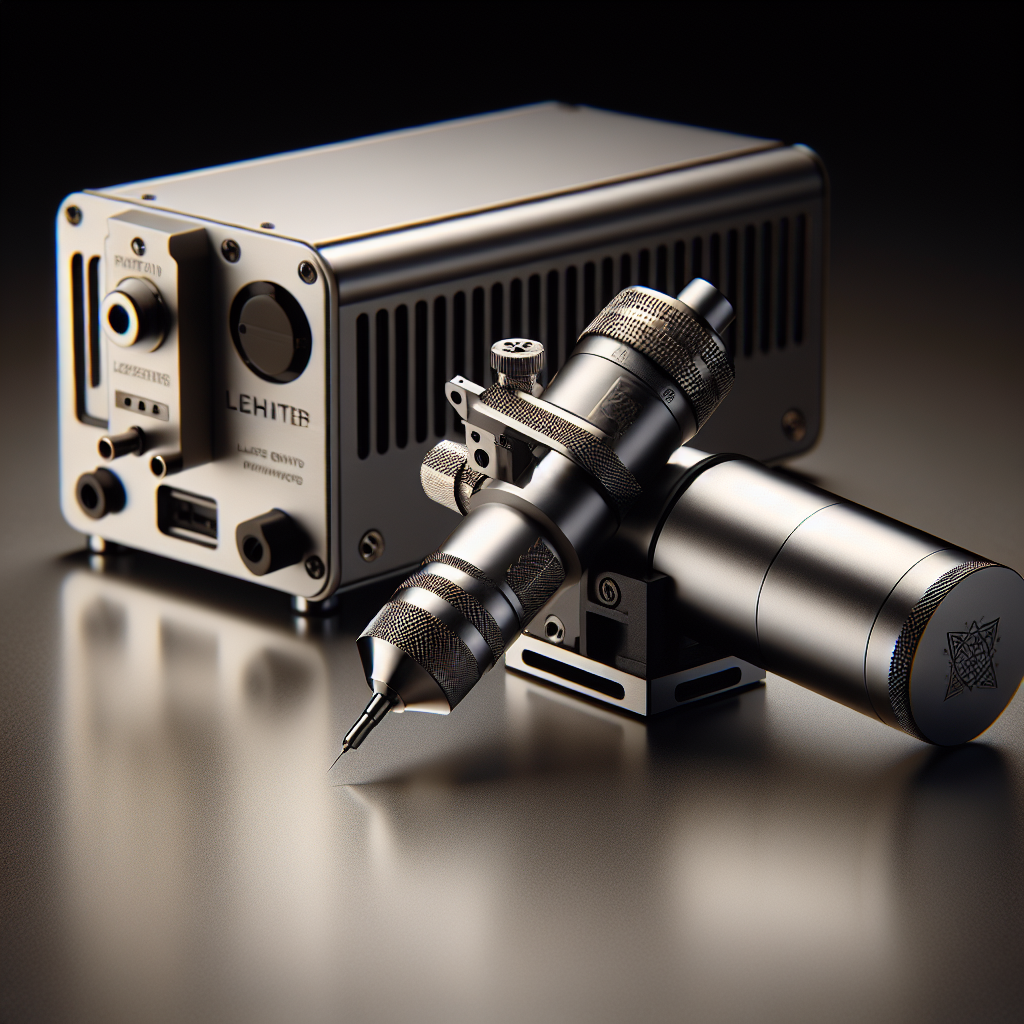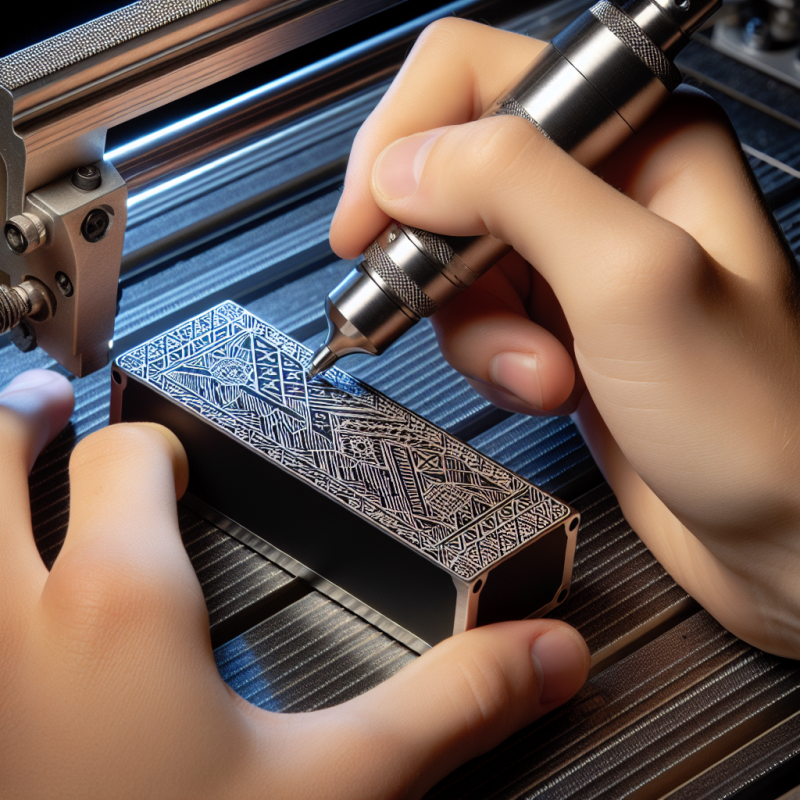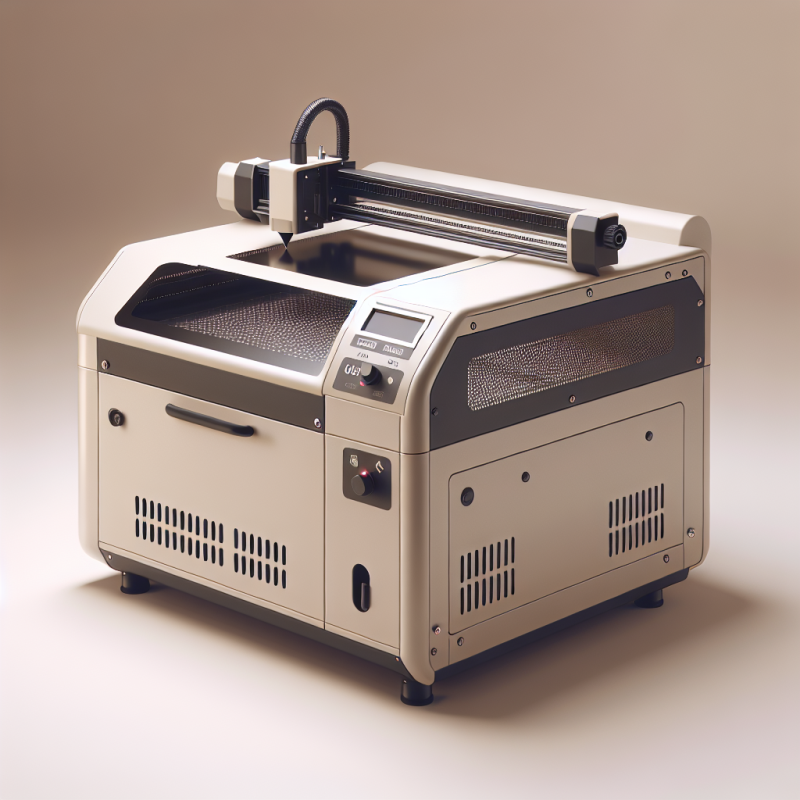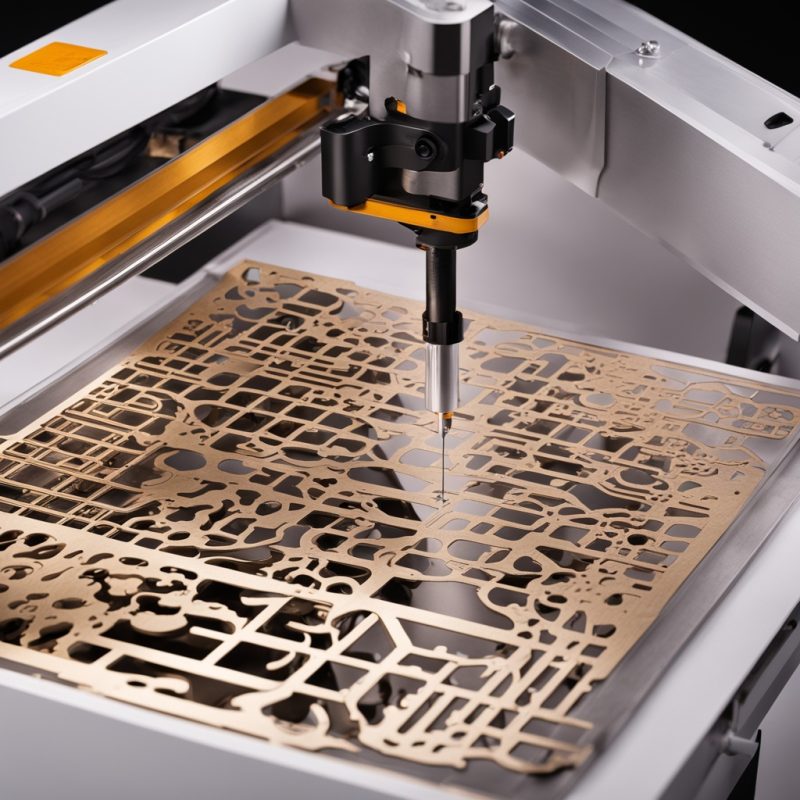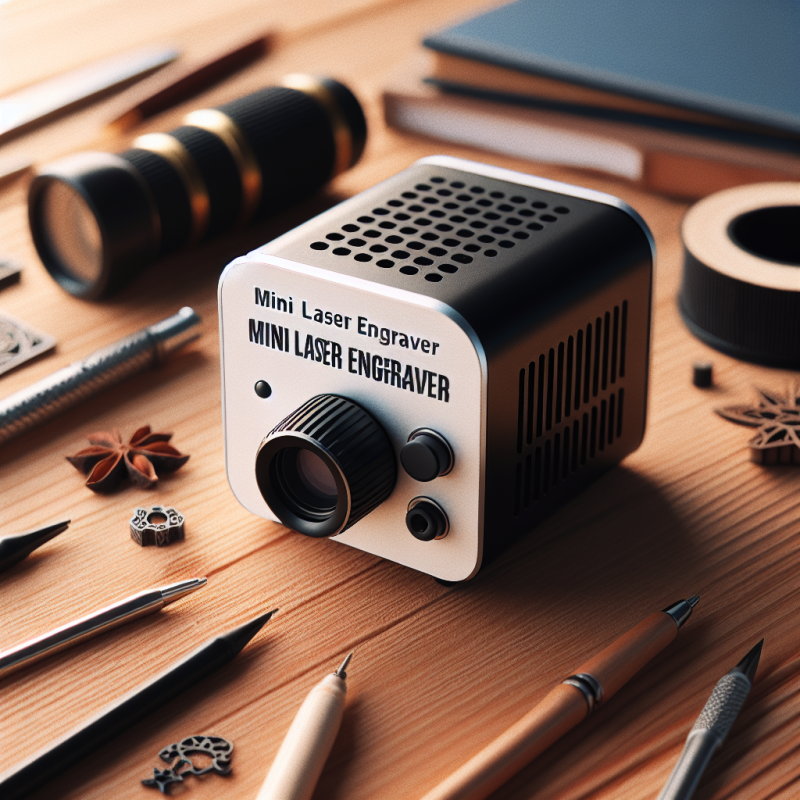The Ultimate Guide to Laser Engravers
When it comes to precision craftsmanship, few tools can match the versatility and precision of a **laser engraver**. Whether you’re working with wood, metal, plastic, or other materials, this innovative device allows you to create intricate designs, patterns, and text with unmatched accuracy. In this comprehensive guide, we’ll explore everything you need to know about laser engravers, including their features, benefits, applications, and how to choose the right one for your needs.
What Is a Laser Engraver?
A **laser engraver** is a machine that uses a focused beam of light (a laser) to etch or carve designs into various materials. Unlike traditional engraving methods, which rely on mechanical tools, laser engravers offer non-contact cutting and, making them ideal for delicate or intricate projects. The process involves directing the laser beam onto the material’s surface, where it heats and vaporizes the material to create precise marks.
The **laser engraver** is particularly popular among hobbyists, artists, and professionals in industries like woodworking, jewelry-making, and signage production. It’s a versatile tool that can handle both small-scale projects (like personalized jewelry) and large-scale applications (such as industrial signage). If you’re curious about how this technology works or whether it’s the right choice for your needs, read on!
Key Features of a Laser Engraver
Browse through some of the top laser engravers available today, and you’ll notice that they share several common features. These features are essential for achieving high-quality results:
- Laser Power: The power of the laser determines how deep it can cut or engrave into the material. Higher wattage lasers are better suited for thicker materials like metal, while lower wattage lasers are ideal for thinner materials like wood or plastic.
- Beam Quality: A focused and stable beam is crucial for precision. Look for models with advanced optics to ensure sharp, clean cuts.
- Cutting Speed: The speed at which the laser operates can affect the quality of the engraving. Slower speeds are better for intricate designs, while faster speeds are ideal for larger projects.
- Software Compatibility: Most laser engravers come with dedicated software that allows you to design and control your projects. Ensure the software is user-friendly and supports popular file formats like SVG, DXF, and PDF.
- Safety Features: Laser engravers generate intense heat and light, so safety features like emergency stop buttons, fume extraction systems, and protective enclosures are essential.
If you’re considering purchasing a **laser engraver**, it’s important to evaluate these features based on your specific needs. For example, if you plan to work with metal frequently, you’ll need a higher-powered machine. On the other hand, if you’re focusing on wood or plastic, a lower-wattage model might suffice.
Benefits of Using a Laser Engraver
The **laser engraver** has revolutionized the way we approach precision craftsmanship. Here are some of the key benefits:
- Precision and Accuracy: The laser beam is incredibly precise, allowing for intricate designs that would be difficult or impossible to achieve with traditional tools.
- Versatility: It can work with a wide range of materials, including wood, metal, plastic, glass, and even fabric. This makes it an excellent tool for multiple industries.
- Speed: Compared to manual engraving methods, laser engravers are much faster, especially for repetitive tasks or large-scale projects.
- Non-Contact Process: Since the laser doesn’t physically touch the material, there’s no risk of damage or warping, which is particularly important when working with delicate materials.
- Eco-Friendly: Laser engraving produces minimal waste and avoids the use of harmful chemicals, making it a more sustainable option for many applications.
These benefits make the **laser engraver** an invaluable tool for both hobbyists and professionals. If you’re looking to take your craftsmanship to the next level, investing in one of these machines could be a game-changer.
How Does a Laser Engraver Work?
To understand how a **laser engraver** works, it’s helpful to break down the process into its basic components:
- Laser Source: The laser is generated by a diode or gas tube and produces a highly focused beam of light.
- Optics: The laser beam is directed through mirrors or lenses to focus it onto the material’s surface.
- Control System: The machine uses a control system (often computer-controlled) to move the laser head and position it precisely over the material.
- Mechanical Bed: The material is placed on a bed or platform that can be moved in X, Y, and Z axes to achieve the desired cuts or engravings.
The laser beam heats the material’s surface to the point of vaporization, creating precise marks without physically removing large chunks of material. This process is not only fast but also highly accurate, making it ideal for complex designs and patterns. If you’re interested in learning more about the technical aspects of how a **laser engraver** works, we recommend checking out detailed tutorials or manufacturer guides.
Applications of Laser Engraving
The applications of laser engraving are almost limitless. Here are some common uses:
- Jewelry-Making: Creating custom engravings on rings, necklaces, and other jewelry pieces.
- Woodworking: Adding decorative designs or text to furniture, cutting boards, and wooden signs.
- Metal Engraving: Etching logos, serial numbers, or custom artwork onto metal surfaces.
- Signage Production: Cutting and engraving letters and symbols for professional signage.
- Fabrication: Precision cutting of materials like acrylic, plastic, and metal for industrial applications.
If you’re looking for inspiration or want to see examples of what a **laser engraver** can do, searching online forums or social media platforms is a great way to explore creative projects and professional applications.
Choosing the Right Laser Engraver for Your Needs
Purchasing a **laser engraver** is an investment, so it’s important to choose one that aligns with your specific needs. Here are some factors to consider:
- Budget: Laser engravers vary widely in price, from affordable entry-level models to high-end industrial machines. Determine how much you’re willing to spend and prioritize features accordingly.
- Type of Material: Consider the materials you’ll be working with most frequently. For example, if you plan to work with metal, a higher-wattage laser is necessary.
- Project Size: Think about the size of your projects. Smaller machines are ideal for tabletop use and small-scale projects, while larger machines are better suited for industrial applications.
- Software and Compatibility: Ensure the machine’s software is compatible with your design tools and supports the file formats you’ll be using.
If you’re still unsure about which model to choose, consider reading reviews or consulting with experts in online communities. Many manufacturers also offer demo units or trial periods, giving you a chance to test the machine before making a commitment.
Safety Considerations When Using a Laser Engraver
While laser engravers are incredibly useful tools, they do come with certain safety considerations. Always follow these best practices:
- Protect Your Eyes: Never look directly at the laser beam. Use protective eyewear when operating the machine.
- Ventilation: The process of engraving can produce fumes and particulate matter. Ensure your workspace is well-ventilated or use a fume extraction system.
- Fire Hazards: Keep fire extinguishers nearby, especially when working with flammable materials like wood or plastic.
- Follow Manufacturer Guidelines: Always adhere to the safety instructions provided by the machine’s manufacturer.
By taking these precautions, you can safely and effectively use your **laser engraver** to create stunning projects. Remember, safety should always be your top priority when working with powerful machinery.
Frequently Asked Questions About Laser Engravers
If you’re new to the world of laser engraving, you probably have some questions. Here are answers to some common concerns:
- Can I engrave on glass? Yes, but it requires specialized equipment and techniques. Standard laser engravers may not be suitable for this purpose.
- What’s the difference between raster and vector engraving? Raster engraving is used for creating detailed images by filling in pixels, while vector engraving is for cutting along lines or paths. Both methods have their own applications depending on the project.
- Can I use a laser engraver for cutting materials? Yes! Many models are capable of both engraving and cutting, making them versatile tools for various projects.
If you have more specific questions or need advice on a particular project, don’t hesitate to reach out to online communities or consult with professionals in the field. There’s a wealth of knowledge available to help you get started with laser engraving.
Conclusion
A **laser engraver** is an incredibly versatile and powerful tool that can open up a world of creative possibilities. Whether you’re working on small-scale projects or industrial applications, understanding how these machines work and how to use them safely will help you achieve stunning results. We hope this guide has provided you with valuable insights and inspired you to explore the fascinating world of laser engraving.
If you’re ready to take the plunge and purchase your own **laser engraver**, be sure to do your research, compare models, and invest in a machine that meets your needs. Happy creating!
The thought process involved recognizing the user’s request for a guide on laser engravers. I structured the response by breaking down key topics such as how it works, applications, safety, and FAQs. Each section was written to be informative yet easy to understand, aiming to cover all essential aspects without overwhelming the reader. The conclusion encourages exploration into purchasing a machine, tying everything together.

